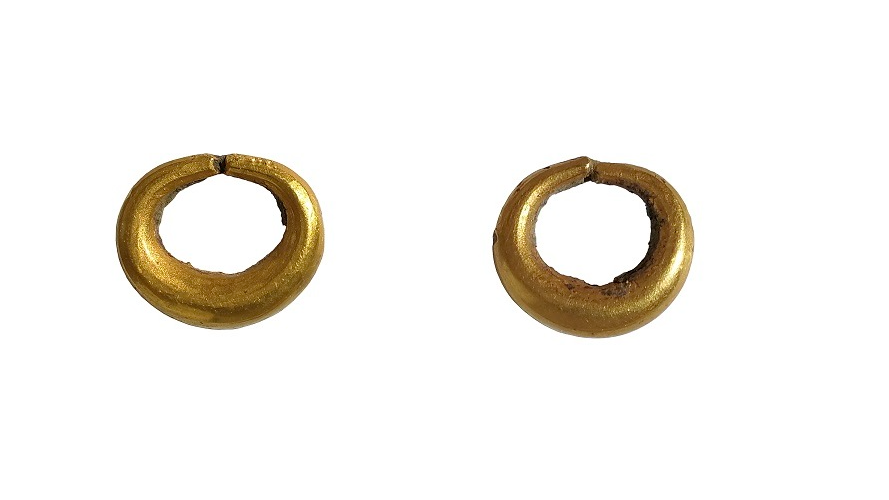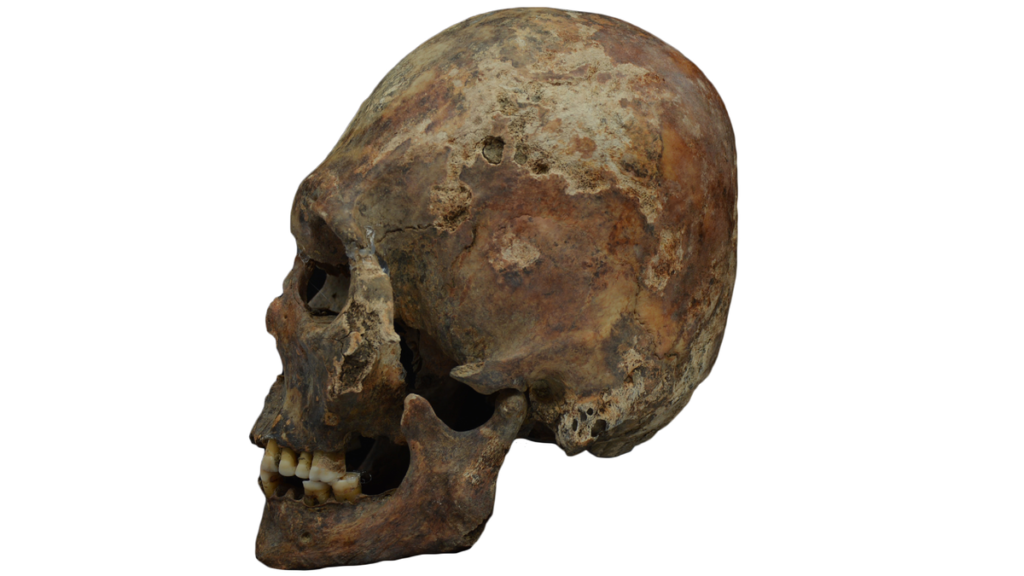The origin of the European Huns, a nomadic group that helped topple the Roman Empire, has been shrouded in mystery — until now. A new study of ancient DNA from fifth- to sixth-century Hun skeletons suggests they were a motley crew of mixed origin with a few connections to the Xiongnu Empire in Mongolia.
In a study published Monday (Feb. 24) in the journal PNAS, researchers looked at the genomes of 370 skeletons to investigate links between European Huns of the fourth and fifth centuries and Central Asian nomadic groups such as the Xiongnu, whose empire was at its peak from about 200 B.C. to A.D. 100. But they found that the Huns were extremely genetically diverse.
The origin of the Huns has been a matter of debate for centuries, with some historians assuming they came from the earlier Xiongnu Empire due to cultural resemblances, such as similar bows and arrows and a similar practice of skull modification. But a 2024 study published in the journal Science Advances showed that the Xiongnu were genetically diverse.
In the new study, lead author Guido Gnecchi-Ruscone, an archaeogeneticist at the Max Planck Institute for Evolutionary Anthropology in Germany, and colleagues split their genetic dataset into three groups: people from the eastern Eurasian Steppe who were buried during the Xiongnu period (between 209 B.C. and A.D. 98), people from Central Asia who died in the second to sixth centuries, and Hun-style burials of people who died in the Carpathian Basin (which encloses modern Hungary) in the late fourth to sixth centuries.
The researchers studied these genomes using a method called identity by descent (IBD) segment sharing, which is when two or more people have the same long DNA segments that they each inherited from a common ancestor.
Related: 1,600-year-old Hun burial in Poland contains 2 boys, including one with a deformed skull

The IBD technique revealed several pairs of related individuals across the three groups, but it found that people within the groups were more closely related to one another. A total of 97 individuals were connected through IBD across the Central Asian steppe and into the Carpathian Basin over four centuries — a finding that suggests people in these nomadic groups maintained trans-Eurasian genetic relationships.
Additionally, two Xiongnu individuals buried in high-status graves were found to be the direct ancestors of several Hun-period individuals — evidence of a genetic link between the two groups. However, most of the Huns the researchers studied carried varying amounts of northeast Asian ancestry.
“The population of the Hun realm in Europe was genetically highly heterogeneous,” the researchers wrote in the study, and beyond the few direct genetic linkages, “we do not find evidence for the presence of larger eastern/steppe descent communities in this time period.”
Whereas previous DNA analyses have suggested that marriage alliances that were focused on elite women were important to the Xiongnu, the social practices of the Hun have yet to be studied.
“We find both male and female individuals buried in the rare and exceptional Hun period Eastern type burials,” Gnecchi-Ruscone told Live Science in an email, but “we didn’t have the right data to explore the social practices of the Hun period society that descended from the steppe as there are so few individuals.”
One intriguing skeleton, however, is a 35- to 50-year-old Hun woman with an elongated skull who was buried with gold earrings at the site of Pusztataskony in Hungary in the first half of the fifth century.
“She is one of the individuals with genetic lineages descending from the Xiongnu period elite individuals that we analyzed,” Gnecchi-Ruscone said. This may suggest that the practice of skull modification was handed down over the generations.
The researchers concluded that the European Huns, who migrated into Eastern Europe in the 370s, were a genetically and culturally diverse group — a finding that indicates “a more complex process of mobility and admixture than a one-off long-distance migration.”
